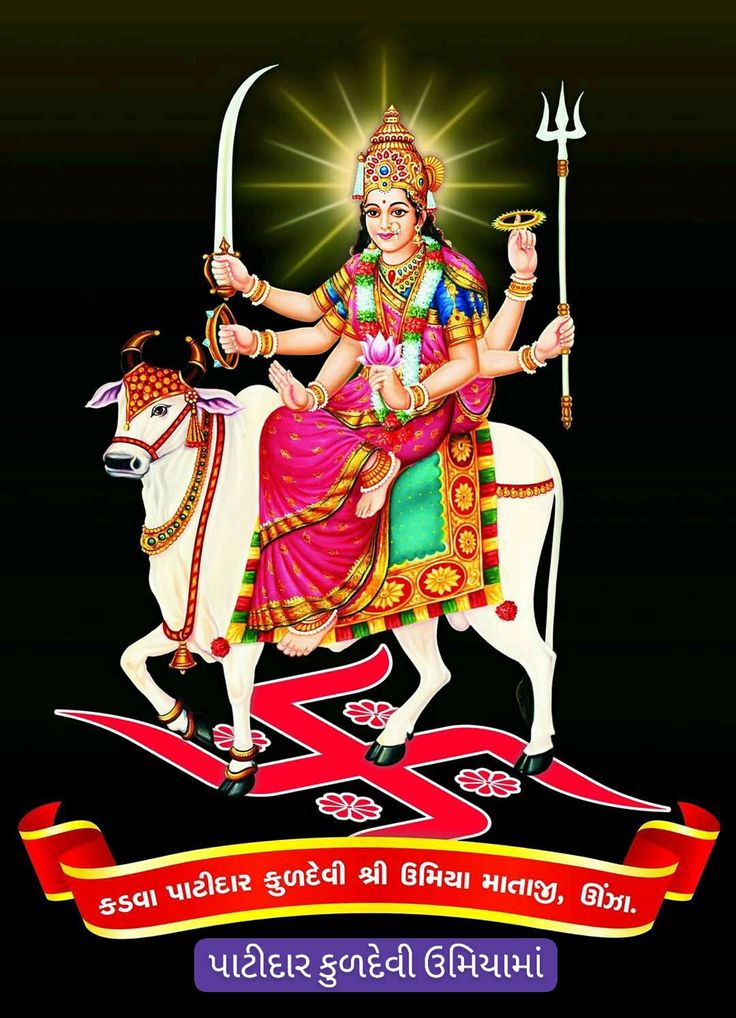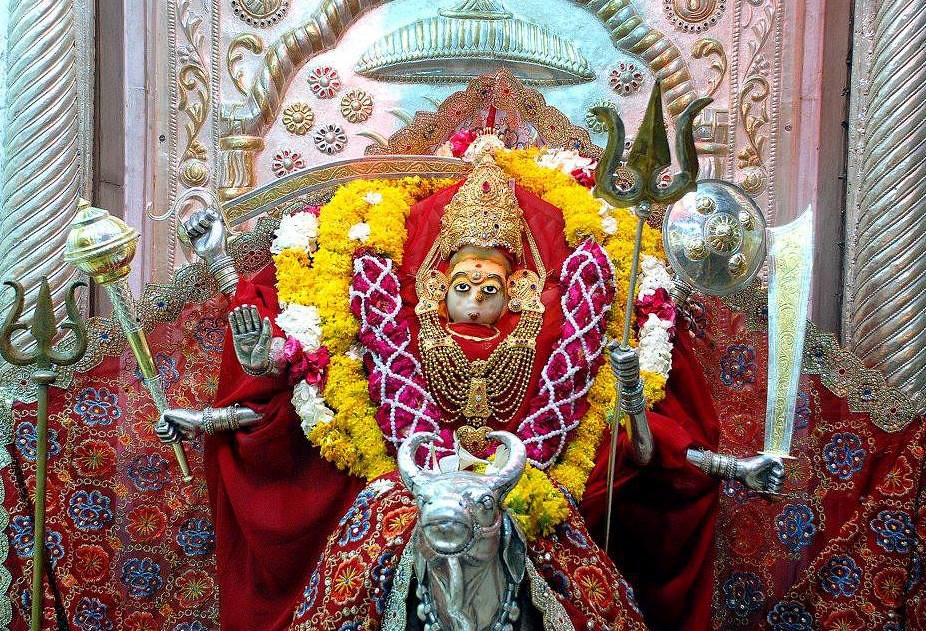The early life—or infancy—of Umiya Mataji (also spelled Umiya Mata or Uma) is rooted deep in Hindu mythology, where she is revered as an incarnation of Goddess Parvati, the divine consort of Lord Shiva.
Mythological Origins & Birth
1. As Daughter of Daksha
In many Hindu traditions, Umiya is considered a daughter of Lord Daksha—making her a form of Parvati born to Daksha’s lineage. This aligns her origin with requests for balance and righteousness in the world.
2. Divine Manifestation
Rather than a human infant, Umiya emerged as a divine shakti (power/energy) during times when evil or chaotic forces threatened dharma (cosmic order). One prevalent legend states Lord Shiva himself established her presence in Unjha, Gujarat—the spiritual home of the Kadva Patidar community—by inviting the goddess’s descent
3. Multiple Manifestations
She is considered the mother of prosperity and cosmic energy. As such, Umiya acts as the source for other goddess forms like Saraswati, Lakshmi, and Kali—each emerging from her essence in different ages

So, What About “Infancy”?
There aren’t traditional tales of Umiya’s life as a baby or child in the human sense. Instead, her legend begins fully formed—already divine—when she chooses to incarnate to uphold cosmic balance. There are no stories of childhood antics, learning, or growth, which are common in tales of gods who lived human-like lives.
Temple Foundations & Worship
Unjha Temple Origins: The first temple was built around 156 BCE (Vikram Samvat 212) by King Vrajpal Sinhji, dedicating it to Umiya Mata. It’s believed that the spot was sanctified by Lord Shiva himself
Modern Significance: Today, this temple is the spiritual core for the Kadva Patidar clan, who regard Umiya as their kuldevi. Devotees gather here especially during Navratri, Maha‑yagna events, and other major celebrations
Global Presence: The faith has crossed borders—with temples and centres now present in places like Ahmedabad, Macon (Georgia, USA), and Chicago .
